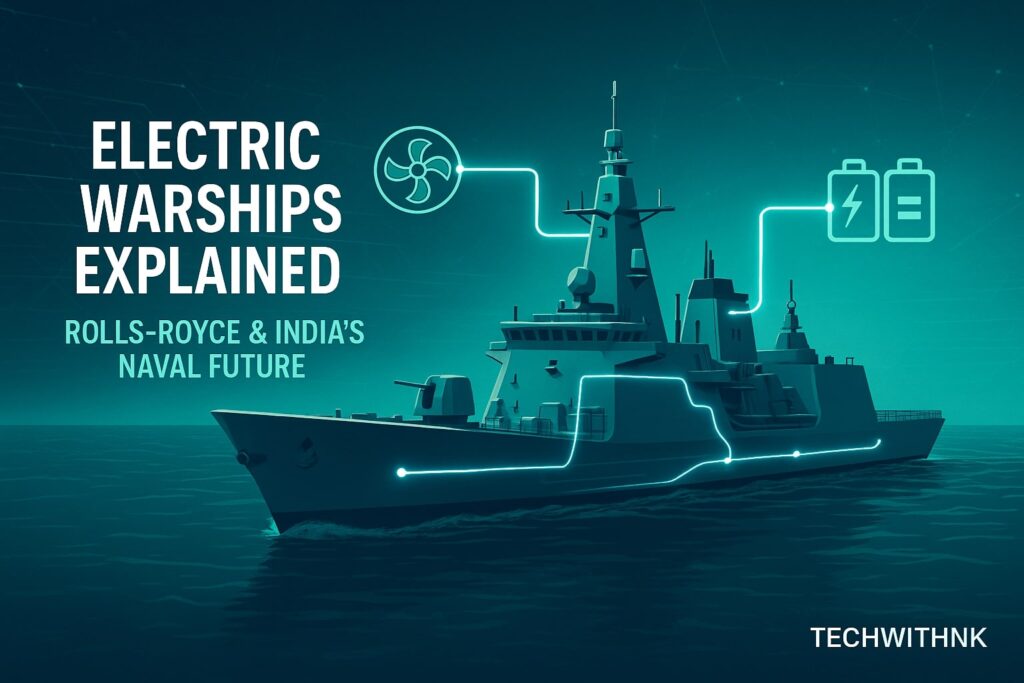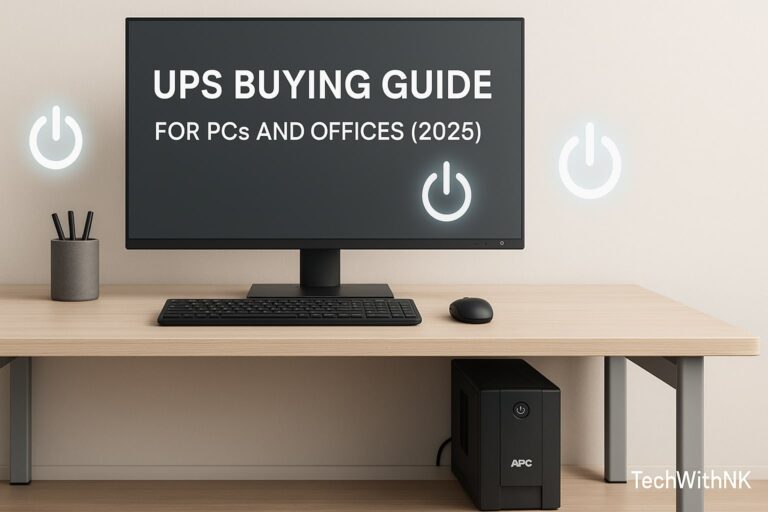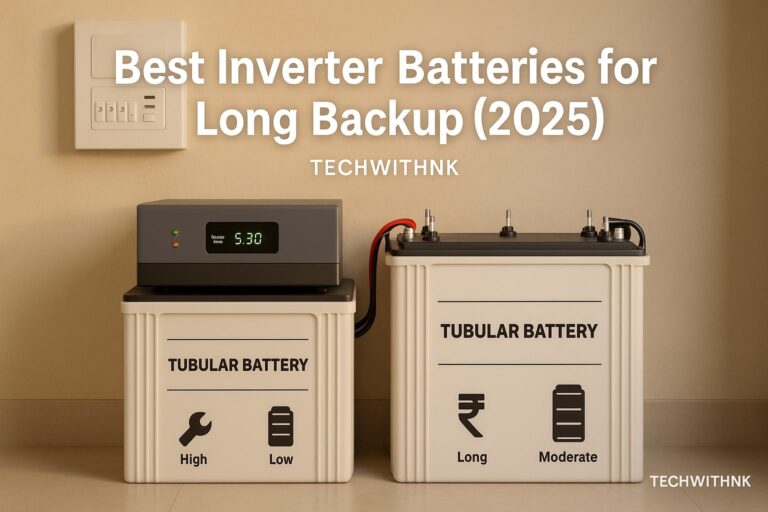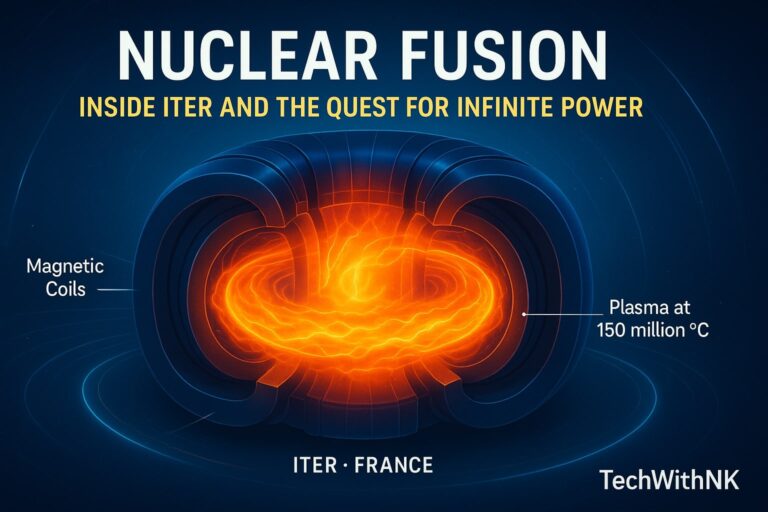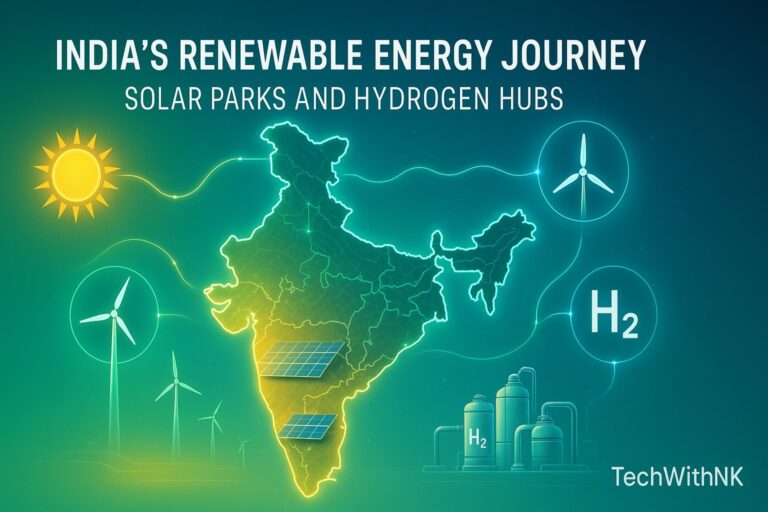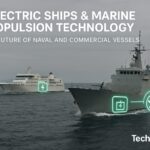🌊 Introduction: The Dawn of Electric Warships
The future of naval warfare is undergoing a quiet revolution — literally. Traditional diesel-powered and gas-turbine warships, known for their roaring engines and high emissions, are gradually making way for a new generation of electric warships.
This transformation is being driven by leading global defense and technology companies, including Rolls-Royce, which has now expressed its intent to bring its advanced hybrid-electric naval technology to India’s naval fleet.
With India’s growing maritime presence in the Indo-Pacific region, electric warships promise to deliver enhanced operational efficiency, reduced noise, lower emissions, and greater stealth capability — key advantages in modern warfare.
⚙️ What Is an Electric Warship?
An electric warship uses electric propulsion systems instead of traditional mechanical systems to drive its propellers and onboard systems.
In simple terms, it converts the ship’s primary energy source (like gas turbines or batteries) into electric power, which then drives electric motors connected to the propellers.
🧠 How It Works:
Power Generation:
Gas turbines, diesel engines, or fuel cells generate electricity.Power Distribution:
This electricity is distributed through a smart power management system.Propulsion:
Large electric motors drive the propeller shafts.Onboard Power:
The same electrical system powers radar, sensors, and onboard electronics.
This unified power system is called Integrated Full Electric Propulsion (IFEP) — the heart of the modern electric warship.
⚓ Rolls-Royce Leads the Way
🏗️ A British Legacy in Naval Innovation
Rolls-Royce has been powering the seas for decades. From aircraft engines to marine gas turbines, the company has set benchmarks in engineering excellence.
Now, with its MT30 marine gas turbine, Rolls-Royce has created one of the world’s most powerful and compact naval engines. This engine already powers advanced warships such as the HMS Prince of Wales and HMS Queen Elizabeth — Britain’s most modern aircraft carriers.
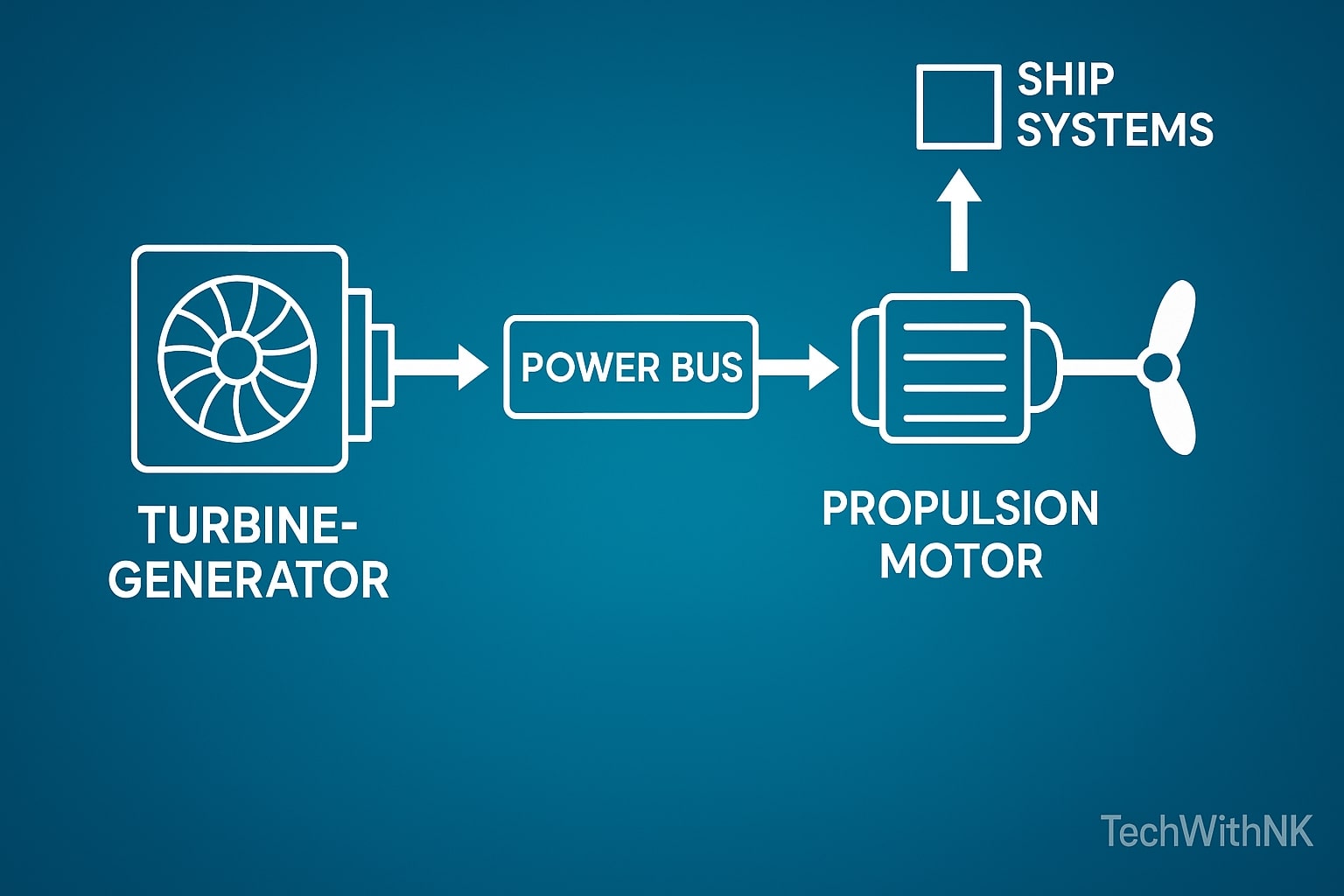
⚡ MT30 Gas Turbine: The Power Behind Electric Warships
The Rolls-Royce MT30 is a gas turbine engine designed for marine propulsion.
Despite its small size, it can generate up to 109 megawatts (MW) of electrical power — enough to power a small city or a naval fleet.
🔧 Key Features:
Compact size with high power output
Lightweight and efficient
Modular design for easy integration
Proven performance in aircraft carriers and destroyers
Each MT30 can drive two electric alternators and four diesel generators, creating a hybrid energy system ideal for Integrated Full Electric Propulsion (IFEP) setups.
🇮🇳 India’s Step Toward Electric Naval Power
🤝 Rolls-Royce and Indian Navy Collaboration
According to reports, Rolls-Royce has shown strong interest in partnering with India to develop and deploy hybrid-electric and full-electric warships.
The company’s Senior Vice-President, Alex Zino, highlighted that Rolls-Royce’s hybrid-electric propulsion technology could significantly enhance the operational range, efficiency, and stealth of Indian naval ships.
“We have advanced hybrid-electric propulsion and full-electric power systems for naval vessels,” said Zino. “These systems will help improve endurance, reduce noise, and increase operational range — perfectly suited for India’s naval needs.”
🧩 Why Electric Warships Are Game-Changers
| Feature | Traditional Warship | Electric Warship |
|---|---|---|
| Fuel Efficiency | Low | High |
| Noise and Vibration | High | Minimal |
| Maintenance | Frequent | Reduced |
| Emissions | High | Low / Zero |
| Stealth Capability | Limited | Enhanced |
| Operational Range | Moderate | Extended |
| Future Readiness | Outdated | Future-proof |
Electric propulsion not only makes warships quieter (important for submarine detection) but also reduces heat signatures, making them harder to track — a critical advantage in modern naval warfare.
🌍 Rolls-Royce in India: A 90-Year Journey
Rolls-Royce has been operating in India for nearly nine decades, contributing to multiple sectors — aviation, energy, and defense.
🏭 Presence in India:
Over 4,000 employees across the country
Partnerships with Hindustan Aeronautics Limited (HAL) and Bharat Heavy Electricals Limited (BHEL)
Long-term collaboration with Indian Air Force and Indian Navy
This extensive presence gives Rolls-Royce a strong foundation to bring cutting-edge naval technology to India’s shipyards and defense programs.
🔋 The Role of Hybrid-Electric Technology
While fully electric warships are still in early stages, hybrid systems — combining gas turbines and battery storage — offer the perfect transition.
🔋 Hybrid System Components:
Gas Turbine (like MT30) for main propulsion
Battery Banks for low-speed, silent cruising
Power Management Unit for energy distribution
This system allows a ship to:
Cruise silently on battery power
Switch to turbines during combat or high-speed maneuvers
Optimize fuel use and extend range
Such flexibility can reduce fuel consumption by up to 30% and drastically lower emissions.
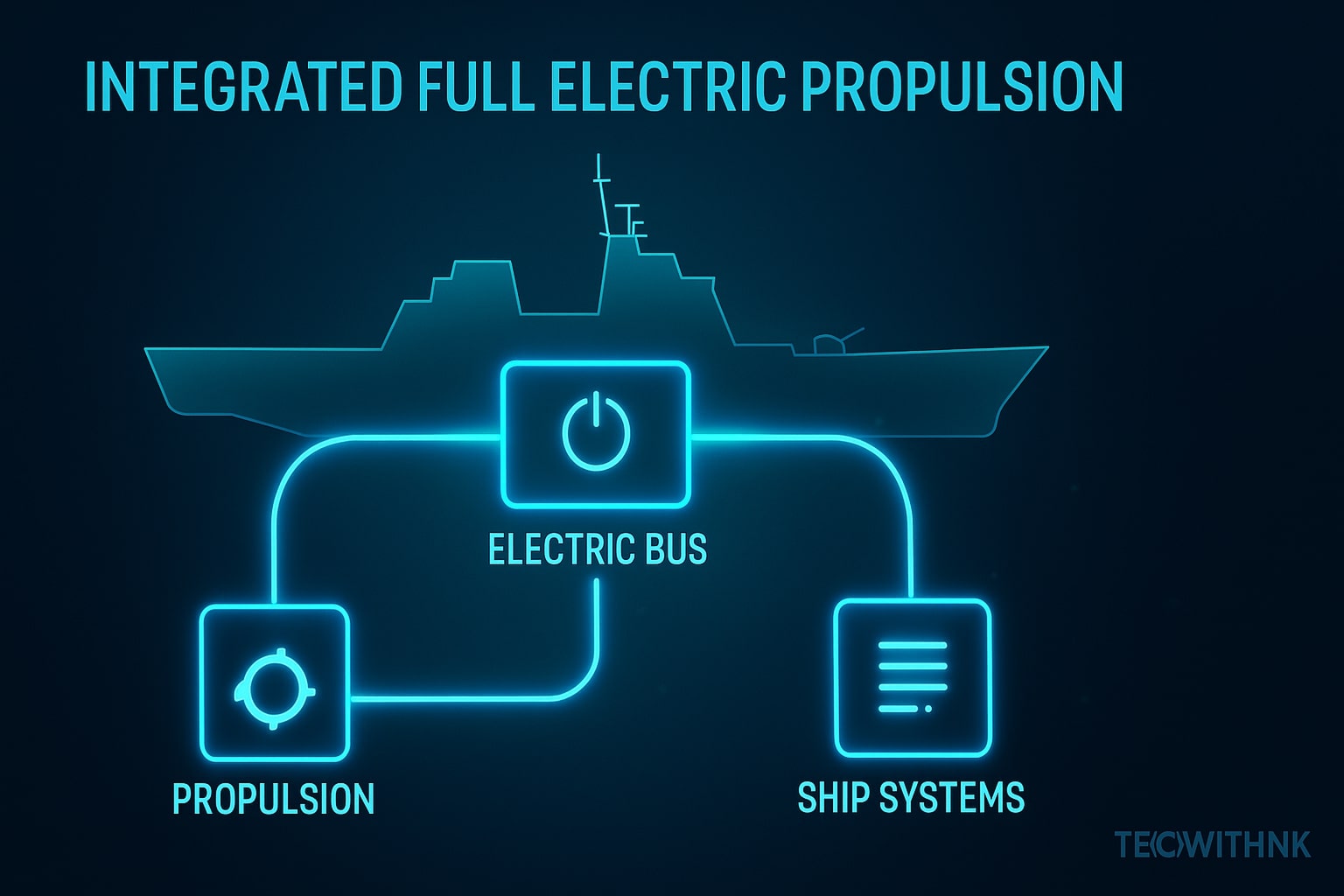
🛰️ Integrated Full Electric Propulsion (IFEP): The Future Backbone
IFEP is an evolution of hybrid systems — it integrates propulsion and shipboard power into a single electrical grid.
Benefits:
Simplified mechanical layout
Space savings for more weapons or crew facilities
Easier maintenance and modular upgrades
Enhanced stealth (less acoustic noise)
Ready for future add-ons like railguns or directed-energy weapons
The UK’s Type 45 destroyers and Queen Elizabeth-class carriers already employ IFEP systems powered by Rolls-Royce.
💬 Rolls-Royce’s Vision for India
Rolls-Royce plans to co-develop indigenous electric propulsion systems in collaboration with Indian shipyards and research agencies.
The company aims to:
Transfer advanced marine technologies
Support ‘Make in India’ naval programs
Create local jobs and build technical expertise
Position India as a hub for next-gen naval solutions
This move aligns perfectly with India’s Aatmanirbhar Bharat (Self-Reliant India) vision and blue economy goals.
🔭 Future Possibilities: Electric Aircraft Carriers and Submarines
Electric propulsion can also benefit:
Aircraft carriers → quieter takeoff decks, higher efficiency
Submarines → reduced thermal signature, longer underwater endurance
Patrol ships → eco-friendly coastal defense operations
As energy storage technologies (like solid-state batteries and hydrogen fuel cells) advance, the transition toward 100% electric naval fleets will become more realistic.
🌐 Environmental and Strategic Benefits
Electric and hybrid-electric warships are cleaner, quieter, and smarter — crucial as naval forces worldwide aim for carbon-neutral defense operations.
🌱 Environmental Gains:
Lower CO₂ emissions
Reduced ocean pollution
Compliance with IMO (International Maritime Organization) standards
⚔️ Strategic Gains:
Longer range and endurance
Enhanced stealth and survivability
Reduced dependency on fossil fuels
📈 Global Race Toward Electrification
Countries like the UK, US, China, and Japan are already investing heavily in electric naval technologies.
India’s collaboration with Rolls-Royce will place it among the pioneers of electric defense modernization in the Asia-Pacific region.
🔑 Key Takeaways
Rolls-Royce’s MT30 gas turbine powers electric warships with up to 109 MW output.
The company plans to partner with India for developing hybrid and full-electric propulsion systems.
Electric warships promise quieter, cleaner, and more efficient naval operations.
Rolls-Royce has been active in India for over 90 years, supporting both civil and defense industries.
The collaboration supports India’s Aatmanirbhar Bharat and Make in India defense goals.
